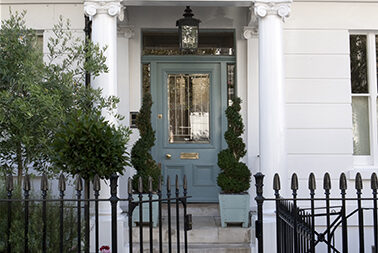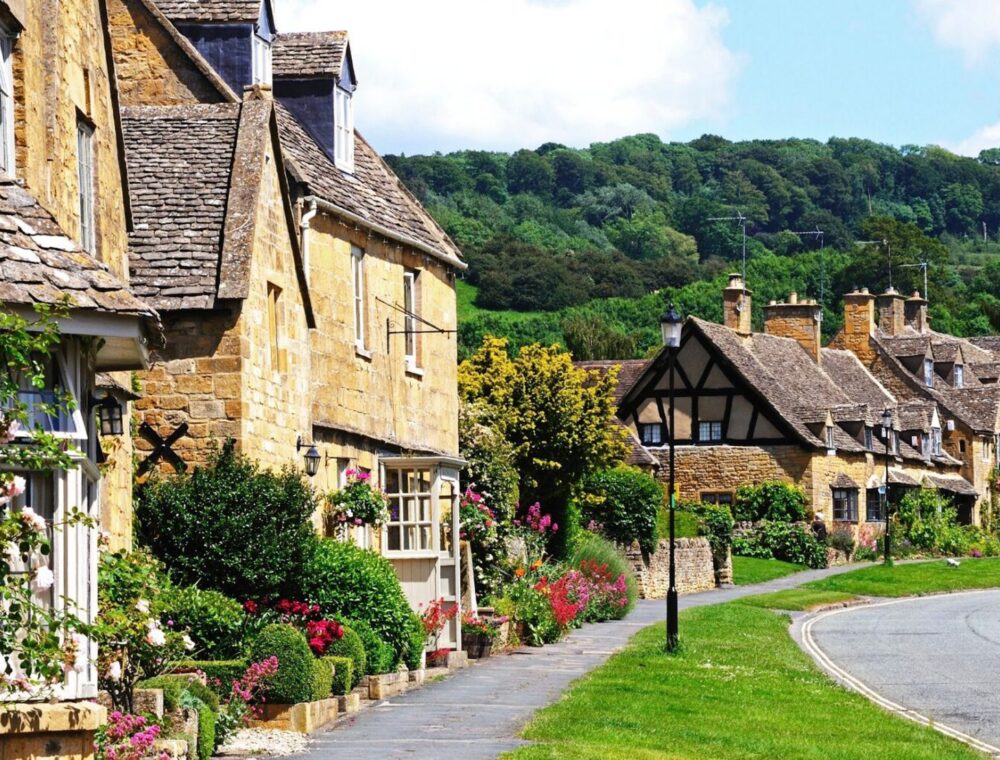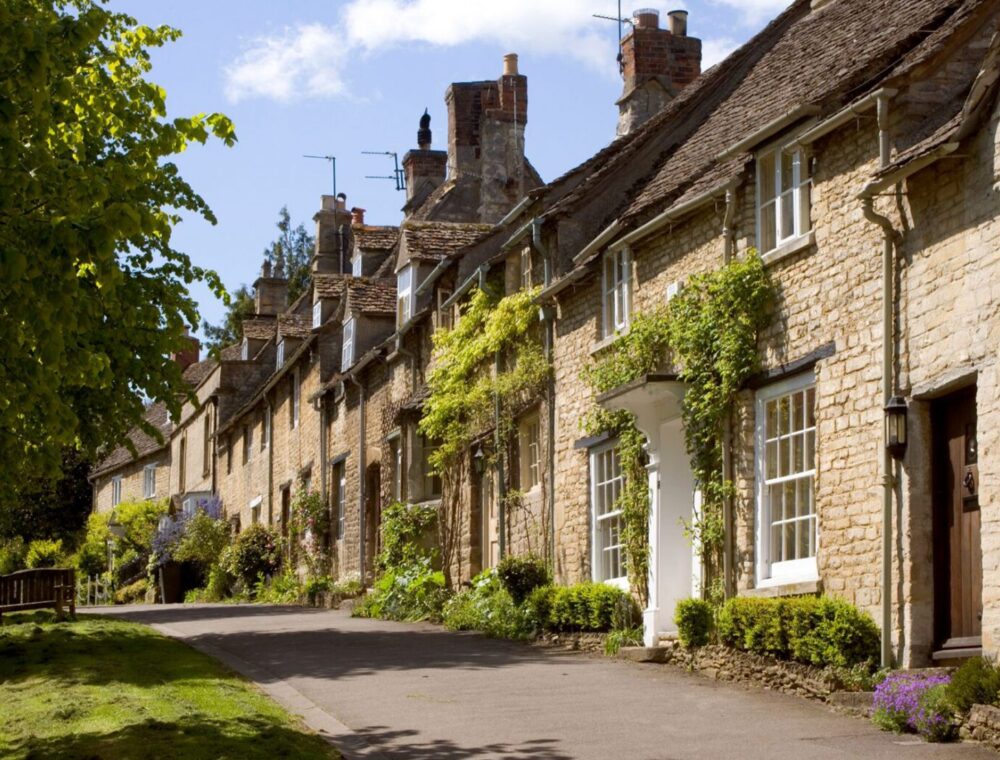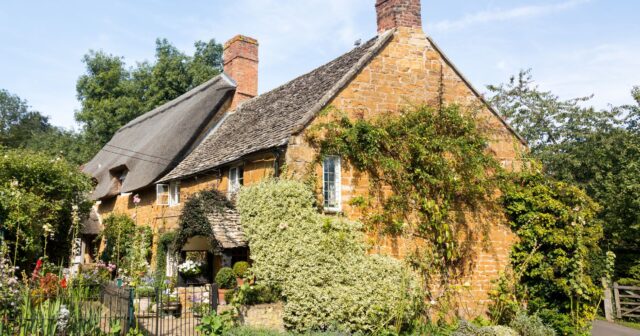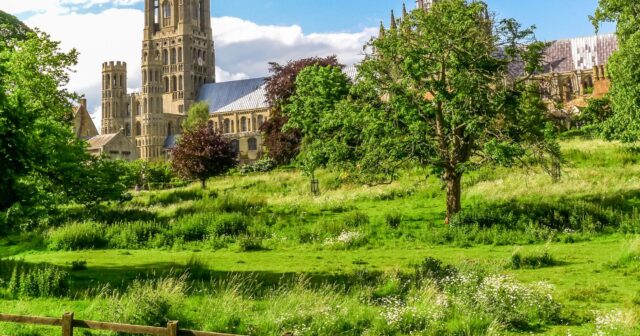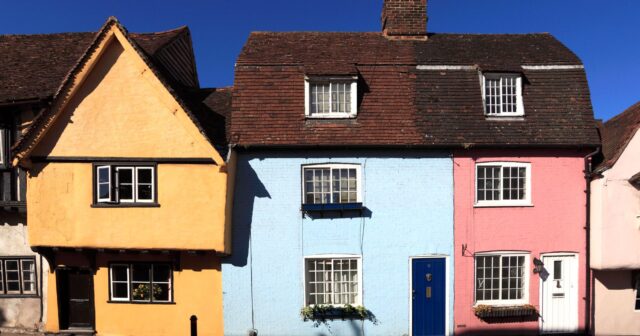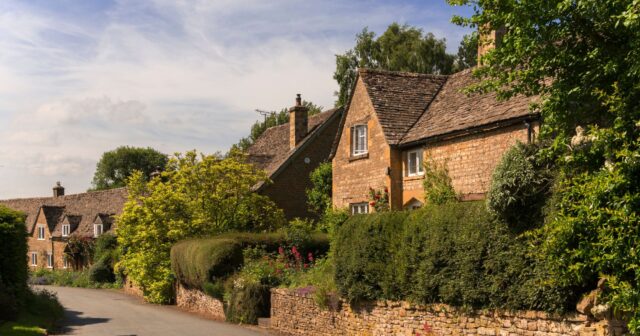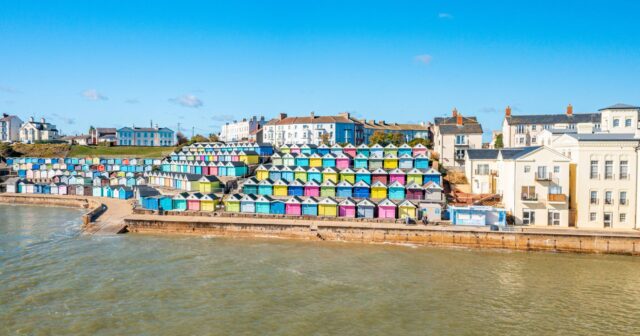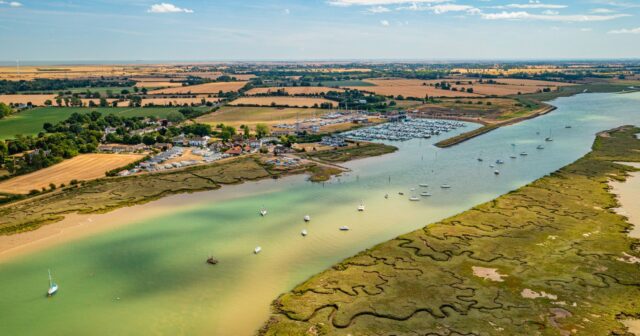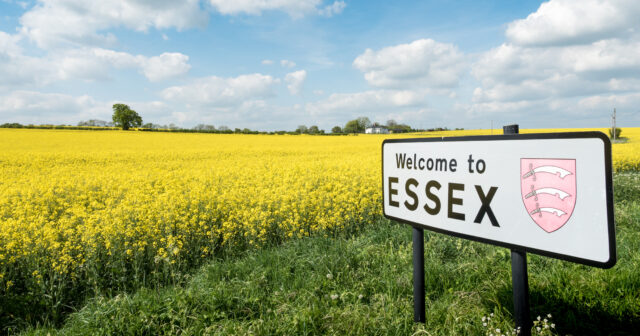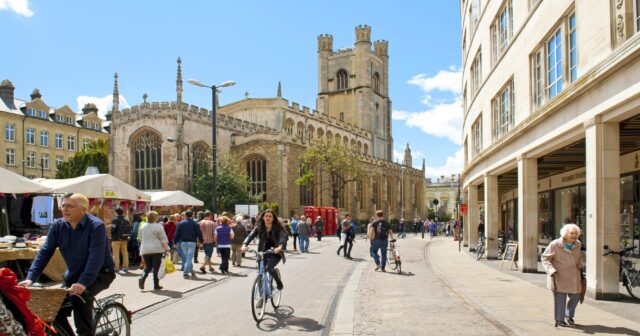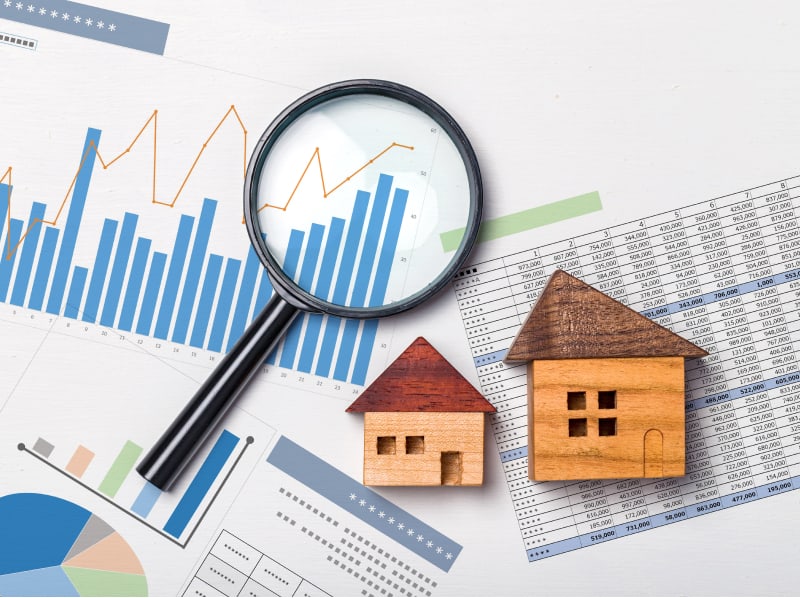
UK house prices keep on rising as pent-up demand from the COVID-19 pandemic continues to outpace supply in the market.
In August, the average UK house price hit a record high of £262,954, having climbed by 5.6% in the first half of the year. Forecasts suggest that total price increases in 2021 could reach 9.0%, although the rate of growth cooled in September as the stamp duty holiday came to an end.
All in all, the combination of high prices and an army of would-be buyers who have saved up a deposit over the course of the multiple pandemic lockdowns makes it very much a seller’s market.
However, on the basis that most sellers are also buyers looking to move into a new home themselves, many of the benefits of selling in a high price, high demand economy are being countered by the higher costs of buying everyone faces. Lengthy chains are commonplace as intense competition makes it difficult for sellers to find somewhere to move on to.
Why are so many people looking to move home?
The pandemic has triggered a lot of soul-searching about what people want from their homes. Whether that means prioritising workspaces now that the pandemic has normalised working from home, or that lockdown has taught people to appreciate the value of a good garden, it’s a reasonable assumption that the seismic events of the past 18 months have something to do with people’s desire to move home and start afresh.
As already mentioned, the fact that people have not been able to get out and spend money the way they usually would also means a lot more people have cash sitting in the bank. Many are clearly coming to the conclusion that investing that capital in property is the best way forward.
Will the end of the stamp duty break cool the market?
Analysts were arguing that the end of the stamp duty holiday in September was having a noticeable cooling effect even before it arrived. The Nationwide House Price Index, for example, had monthly house price inflation fall from 2.1% in August to just 0.1% in September, raising questions about whether this would be the sign of things to come.
But the truth is, while the stamp duty break was introduced in July 2020 to stimulate the post-lockdown housing market by making it cheaper for buyers to purchase a property, the soaring prices we have seen since have effectively wiped out that saving – and yet people keep on buying. The expectation that rising prices cool demand has so far failed to materialise, so we will have to wait and see what happens now that full stamp duty is payable again.
Where are people buying?
Whenever there is talk about housing market ‘bubbles’, soaring demand and prices, all eyes inevitably turn to London. But for once, although the capital continues to be the most expensive place in the UK to buy property, the rise in its real estate prices is lagging behind the rest of the country.
Looking forward into next year, the regions expected to see the highest demand are the North of England and the Midlands. An analysis of the top 20 places in the UK that have seen the highest property price increases showed that 10 were in the North West, six in the Midlands, three in West Yorkshire and just two elsewhere (both in Cornwall).
